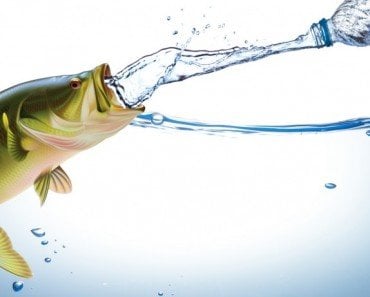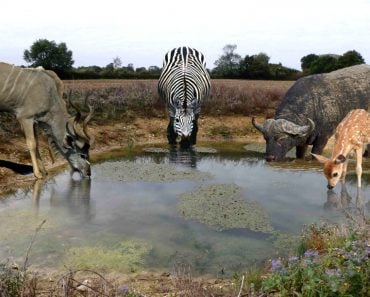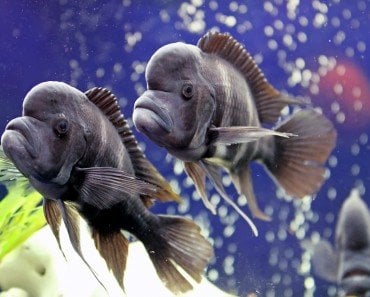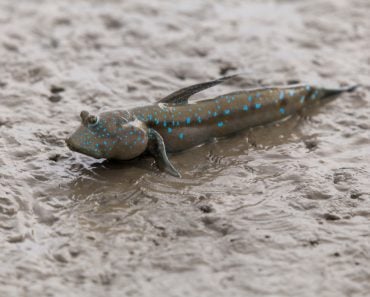Table of Contents (click to expand)
Fish can die after a water change if the change is done too suddenly or if the new water is too different from the old water. It’s important to change only a small portion of the water at a time and to gradually introduce new water to the tank so that the fish can adjust.
Fish are a great option as a pet. They are cheaper than a dog or a cat, they’re quiet and they can fit in a 12″ x 6″ x 8″ corner of your house. And unlike a dog that you need to walk and bathe, your fish simply swim themselves around in their tank in water. Research shows that people find watching fish swimming through their aquariums or tanks soothing and relaxing.
However, they aren’t exactly low maintenance, as any fish tank needs regular cleaning and water changes. This must be done carefully, otherwise the fish can die. To avoid that risk, leaving the tank dirty isn’t the solution.
Recommended Video for you:
Why Is It Important To Clean The Fish Tank?
Just as any household generates waste, fish also make their fair share of trash. They go to the bathroom in the same water they swim through, and all the uneaten fish food settles at the bottom. Dirt also enters the tank from the surroundings. All this waste, especially the fish poop and pee, increases the water’s nitrate and ammonia levels, causing certain and algae and bacteria to flourish. Do you remember how bad the fish tank got after Nemo clogged the water filter? It got so filthy within two days that the dentist had no choice but to clean the tank himself.
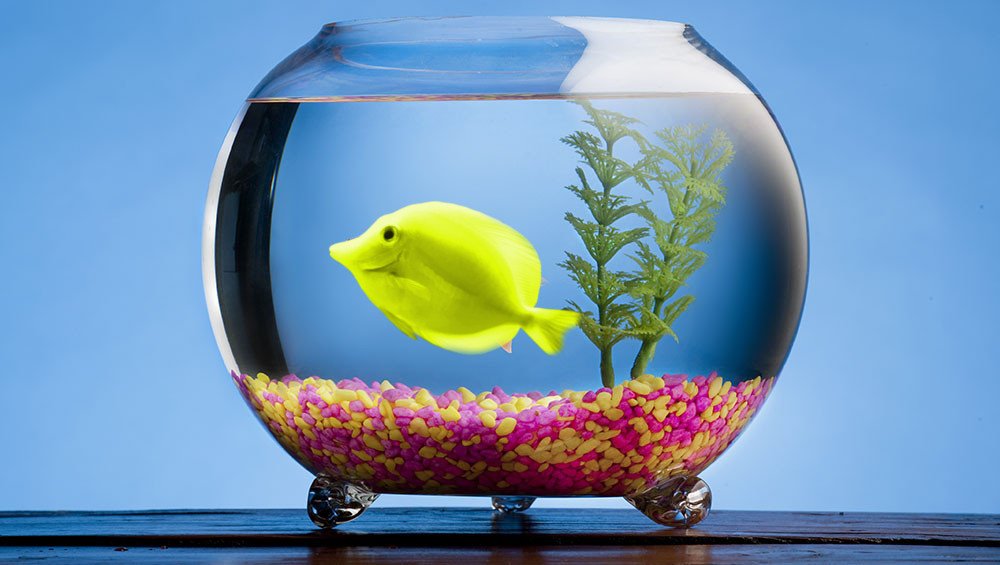
Ammonia in low concentrations lowers fish immunity and leads to poor growth, and in higher concentrations, ammonia can be deadly for our finned friends. We can’t stop ammonia levels from rising in the tank, as they are produced due to fish metabolism. The more you feed a fish, the more ammonia it will inevitably make. That’s why it’s important not to overfeed your fish. For more help, you can order aquarium water test kits online to help track chemical levels in the tanks.
As you continue feeding the fish, the water’s phosphorous levels will also rise, as fish food contains phosphorous. High phosphorous levels promote algae growth, which can be used as another visual indicator of the water’s quality.
Additionally, water changes help replenish the dissolved oxygen levels in the tank, which fish need to breathe, so adequate water changing helps to increase the lifespan of your pet fish.
That being said, the trick is to do it right, otherwise the fish may die of shock!
Why Can The Fish Die?
Suddenly changing all the water in the aquarium comes as a shock to the fish. Imagine if someone grabbed you from your home and put you in an entirely new one in the span of three minutes! It would surprise you, right? The fish are back in the same tank, but the environment has completely changed.
The nutrient, oxygen, ammonia and nitrate levels have all shifted very rapidly. If the new water is suddenly added from the tap, even the water temperature differs. This scares the fish and puts the poor things in a shocked and stressed state. Too much stress is lethal, so it’s essential to gradually change the water over time.

Instead of changing out the entire tank, you should remove some of the old water and add some fresh water.
How Should The Water Be Changed?
It’s recommended to change around 10-25% of a fish tank’s water at a time. This way, the tank’s micro-ecosystem isn’t thrown too drastically out of balance. The environment won’t suddenly change for the fish, so it makes it easier for them to adjust.
For fish to thrive, the water’s quality must be consistent, so regularly changing a small portion of the water is healthier for the fish. If you change all the water in the tank at less frequent intervals, the fish will have to keep adjusting to different water qualities. The best thing to do would be weekly partial water changes.
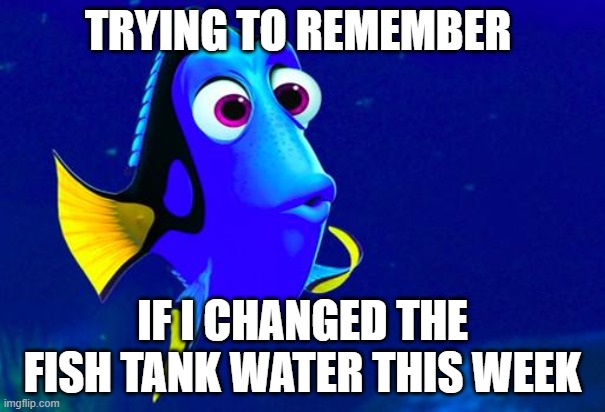
However, once in a while, it’s good practice to take out the fish and give the tank a nice and clean scrubbing. Fungus and other germs can settle in corners of the tank that are tough to clean with just partial water changes.
However, not all germs are harmful. Some nitrogen-fixing bacteria like Nitrosomonas and Nitrobacter help maintain ammonia and nitrate levels. So, by changing all the water in tank, those undesirable bacteria are removed.
Before removing all the water from the tank, fill up a large bowl with water and leave it idle for a few days before transferring your fish to it. It will help the water settle in the environment and be more similar to the aquarium water.
Another helpful tip: if you’re using chlorinated tap water, leaving the water for a couple of days out in the open will allow the chlorine to evaporate.
Conclusion
After reading this, I’m sure you no longer think (if you did) that looking after pet fish would be easy. Having a pet is a big responsibility and fish are no different, even if you don’t need to walk them. As fish live in enclosed water tanks, they are solely dependent on their caretakers to provide everything they need.
Before bringing a pet fish home, please read carefully about its natural habitat and requirements. You’ll need to consider their desired food, temperature, salinity, pH, and water purity. There are very easy pH Test strips that can be purchased online. Some fish also may need more frequent water changes, depending on their metabolic rates.
Monitor the pH and pollutant levels carefully and your fish should hopefully live out long and healthy lives!
References (click to expand)
- Kidd, A. H., & Kidd, R. M. (1999, June). Benefits, Problems, and Characteristics of Home Aquarium Owners. Psychological Reports. SAGE Publications.
- Francis-Floyd, R., Watson, C., Petty, D., & Pouder, D. (2022, July 1). Ammonia in Aquatic Systems. Edis. University of Florida George A Smathers Libraries.
- How to Take Care of Fish - PetMD. petmd.com
- Aquarium Science – The Science of Aquariums. aquariumscience.org
- How to Change Fish Tank Water - Pet's WebMD. WebMD
- Why Do Fish Die or Get Stressed After a Water Change?. aquanswers.com
- Why Do Fish Die After Changing The Water. fishcaringbasics.com
- (1999) High Mortality in Zebrafish (Danio rerio) - Ingenta Connect. ingentaconnect.com


